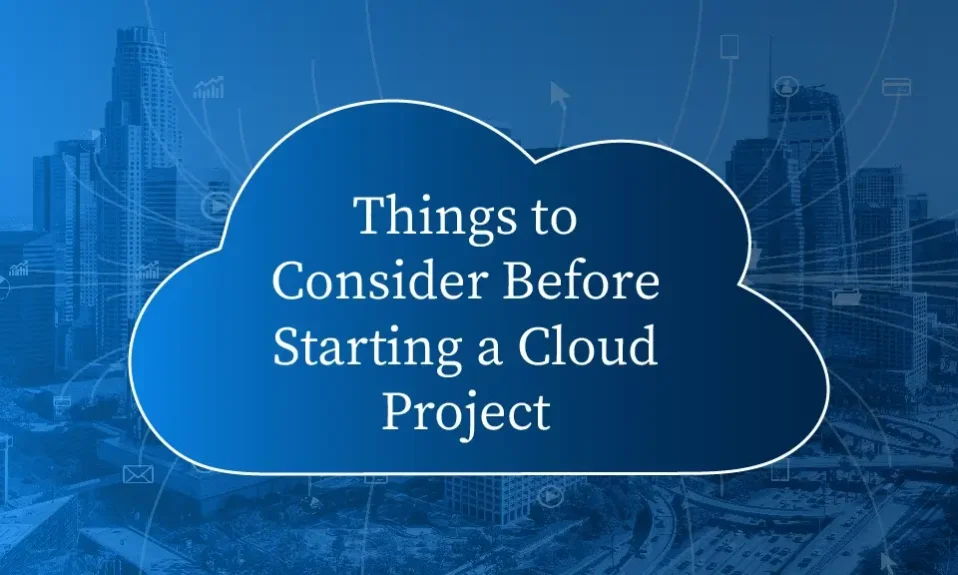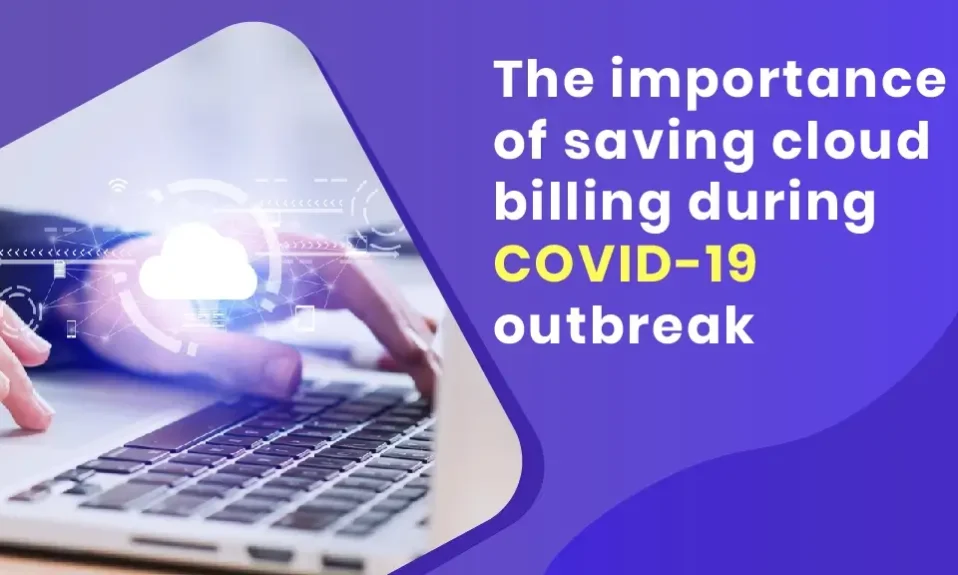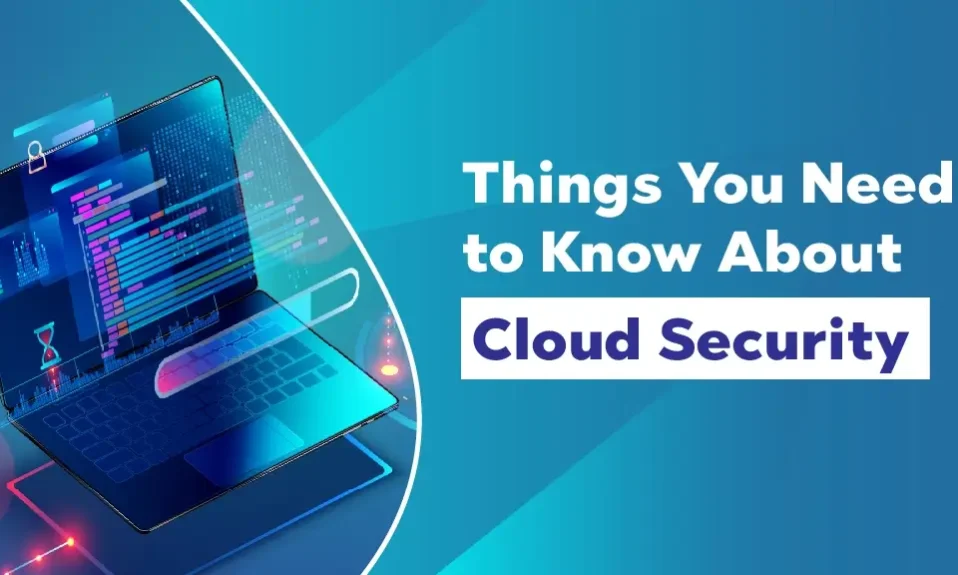Skip to content
- Plan
the first thing you need to do when creating a cloud configuration is to plan it out. You should consider who your audience is, determine what the scaling needs are going to be and try to forecast out the traffic demands. Planning up front helps you know what type of infrastructure and configuration you will need to set up. Furthermore, be sure to use a common naming convention for the servers in your environment. While it might be fun to name your servers after Simpson’s characters, it is best practice to assign names such as Web1 or DB2 that anyone can understand.
- Backups and Monitoring
With Cloud Servers we let you decide how and when to backup your server and whether or not to monitor it. Even though backups and monitoring are not setup by default, it is best practice for you to configure these things from the very beginning through our Control Panel. Be sure to verify that your backups are running properly and that you can restore your website from them.
- Local Configuration
Another thing that you should do when you begin a cloud project is to setup your local configuration, or the computer that will connect with your cloud environment. This means doing several different things, including generating SSH keys, establishing aliases to connect to that server and configuring FTP clients or MySQL clients to help you program on that server.
- Server Security
After you have your local configuration setup, it is a good idea to do implement some basic server security measures. The bottom line is to make sure that all the users have the correct access to your environment and also make sure that you have changed the passwords.
- External Services
Some Cloud Servers are like building blocks that help you create some really cool things. In addition, there are some third party companies that offer services that can bring a lot of value to your project. Some of these include New Relic for application performance management, Send Grid for email or Cloud ability to monitor utilization. Be sure to check out the Cloud Tools Marketplace for more information on these and other external services.




